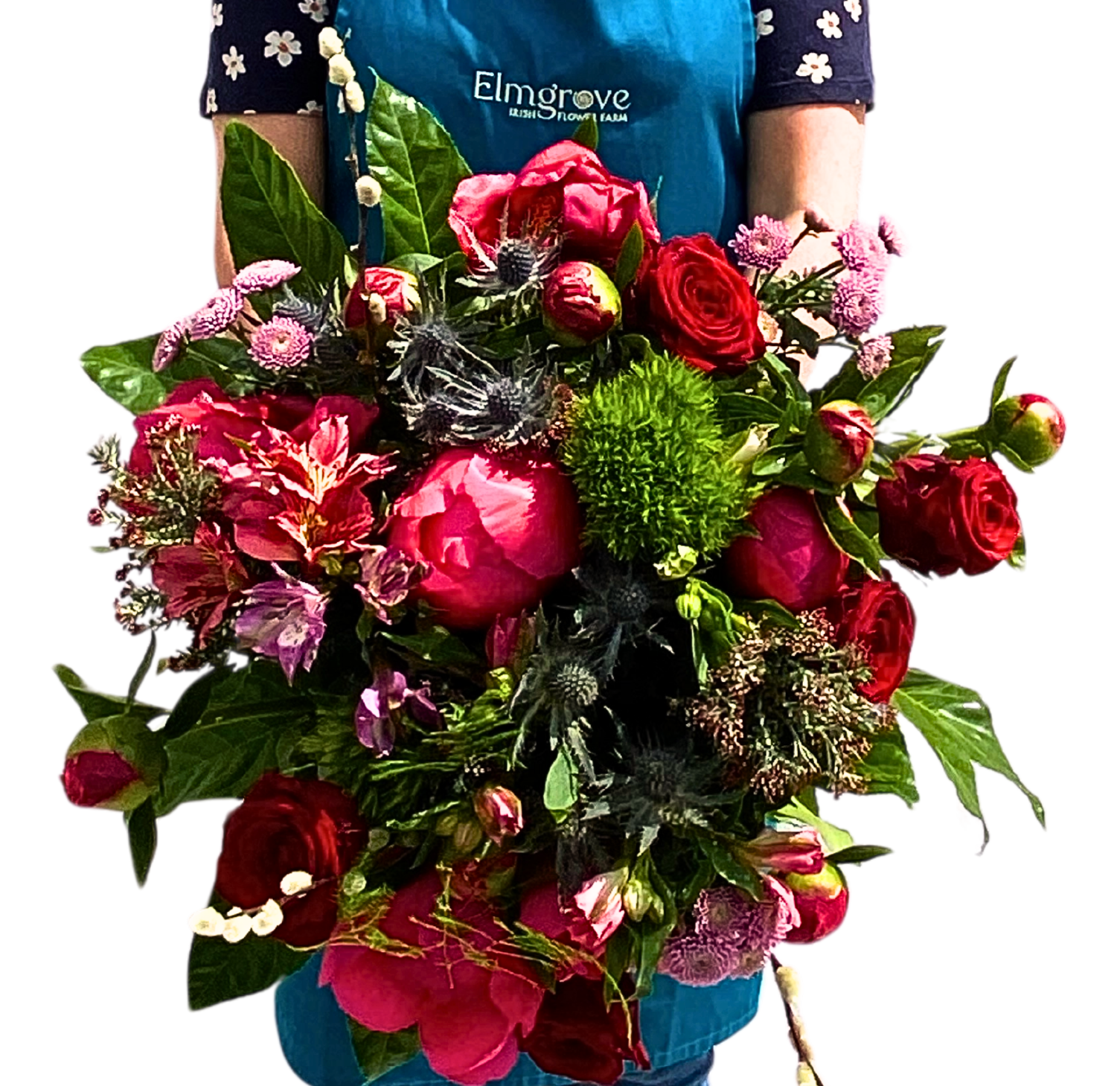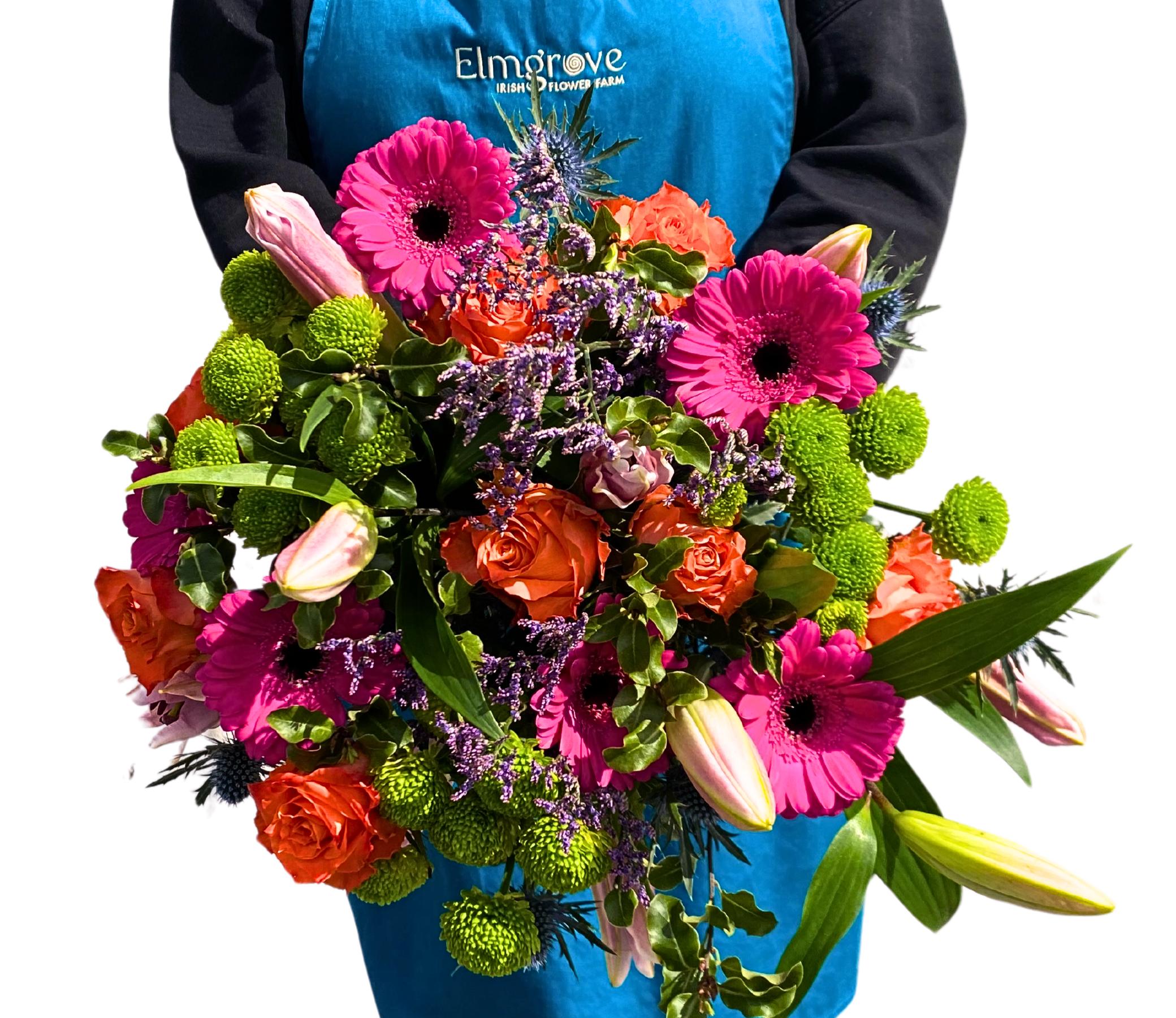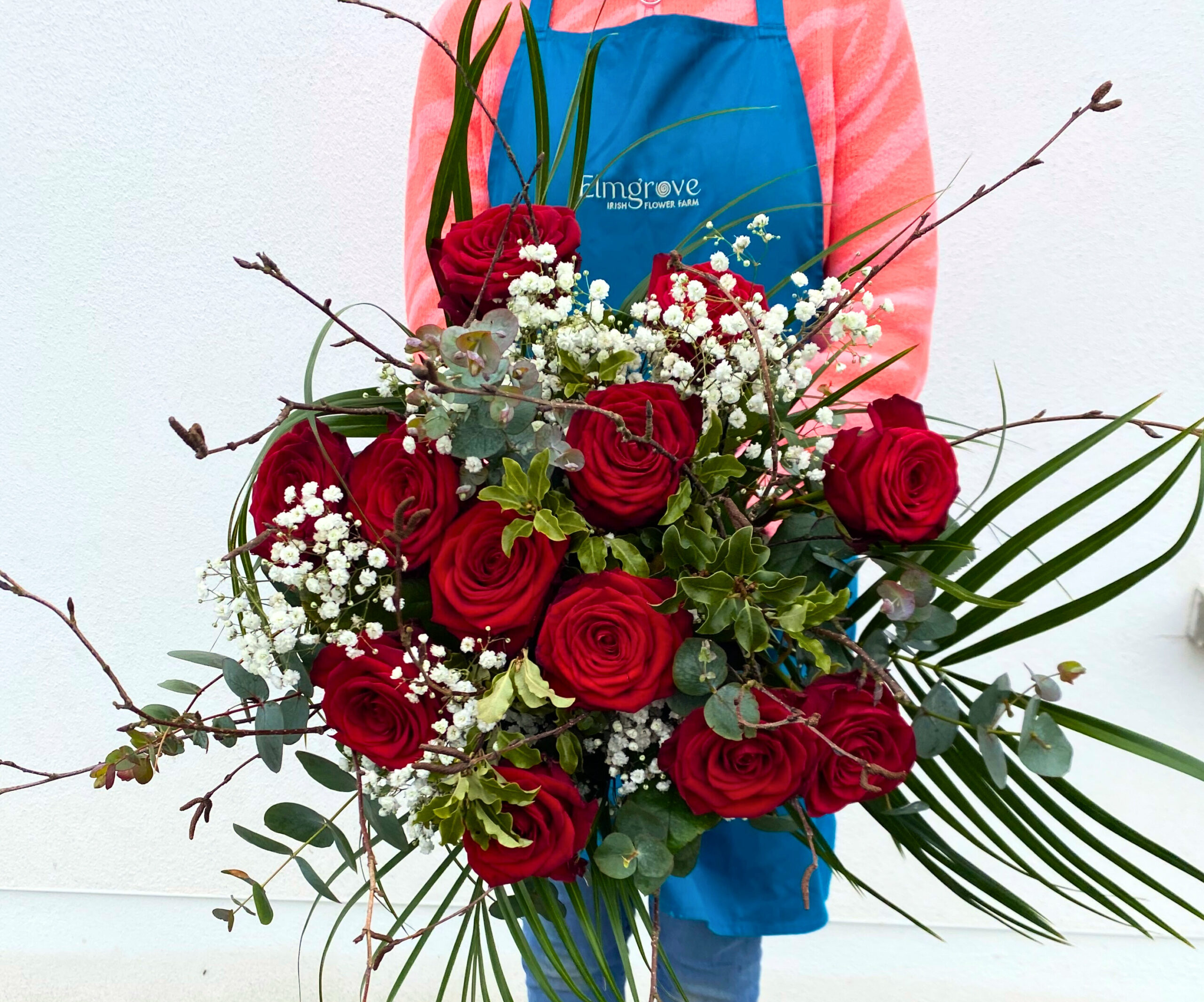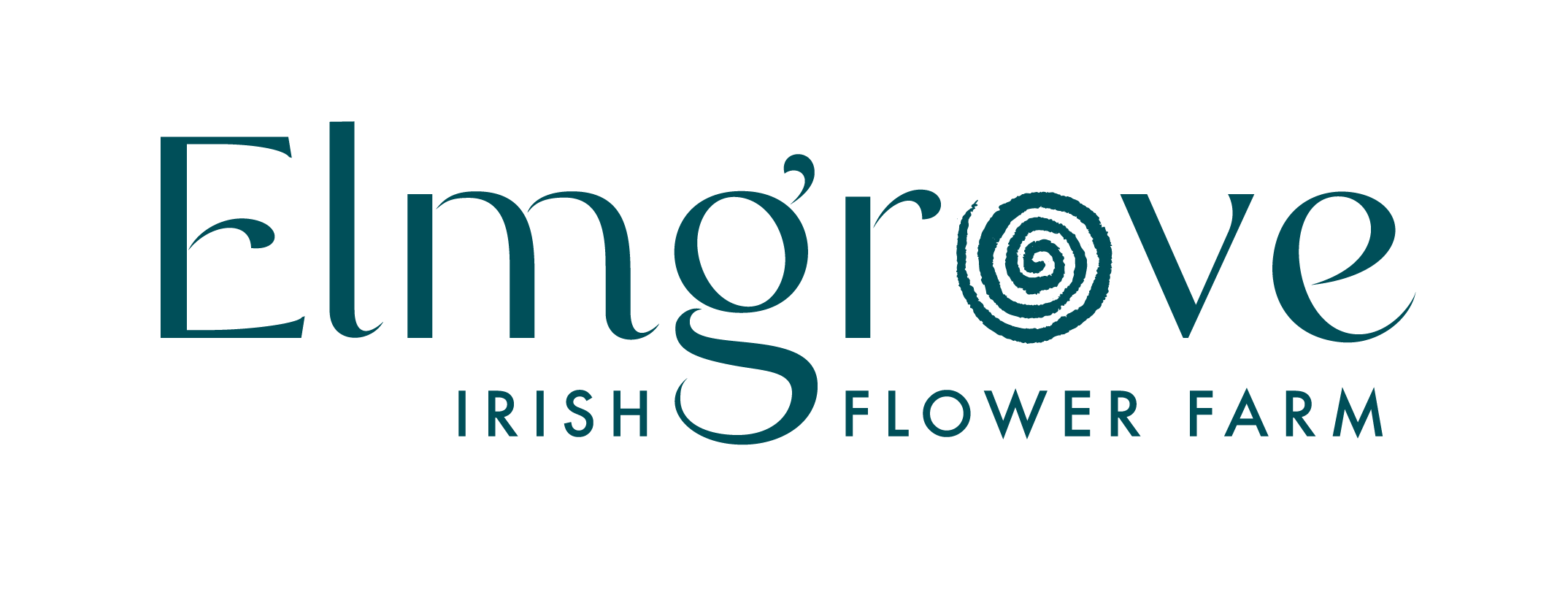It took a while for the penny to drop over the last couple of months.
As soon as I started construction on my farm shop, people were asking if we’d be serving coffee.
I would nod enthusiastically and mutter something inane about us heading that direction. But all the while knowing that I was really just focused on building a farm shop to sell our flowers and local produce.
But in the intervening weeks and months I’ve heard second- and third-hand that ‘Darragh McCullough is building a lovely cafe over there on the farm’.
Note the lack of any mention of a farm shop.
At the same time we were putting ourselves through a Bord Bia Superbrands programme. It sounds very exciting, and occasionally is, but there is also the excruciating bit of listening to randomers critique your brand identity and offering.
In between the bits that made me wince I could hear comments like ‘oh, I wouldn’t mind taking my mother out there for a cup of coffee at the weekend. That might be really nice’. Again, note the complete absence of comment about our flowers or the shop.
The fact is that the coffee craze has embedded itself into Irish culture to the extent that it now rivals, or maybe even eclipses, the pub culture that we so often name-check.
I never had any great ambitions to jump on the coffee bandwagon, despite the goldmine that everyone thinks it is.
Estimates vary, but a cup of coffee will cost about 40c for just the beans, milk, sugar, heat and paper cup. Having stood in coffee shops, boxes and trailers, a one-person barista operation will struggle to knock out more than 30 cups an hour. That’s 50c a cup, and then you have to pay for the kit.
A good coffee machine will set you back €5,000, and a grinder another €1,500. Factor in annual maintenance charges of €1,000 per year, and you’ve just added another 10c a cup.
These are just the direct costs, and predicated on selling about 1,000 cups a week, which is fair going for any nascent coffee set-up.
So I could believe the experienced cafe owners who warned me that coffee wasn’t going to be such a licence to print money after all.
But there was also the dawning realisation that coffee has to be part of the offering if I am serious about broadening the customer base for the farm shop.
So I figured that the easiest way to dip my toe in the water was to buy a converted horsebox and put a couple of students in charge of running it for the summer.
If it is a disaster, I can put the unit back up on Donedeal. If it’s a success, we’ll figure out what the next steps will be.
But after an hour trawling through units for sale, I was fit to have a conniption. Twenty, 30 and 40 year-old horseboxes were commanding up to €18,000! Granted, they were well kitted out with hot and cold water sinks, tasteful LED lighting and smart internal tiling.
But they’d want to be plated with gold bars for the kind of money that people were asking. Very often, the boxes themselves weren’t fit to be towed out of the front garden, let alone all the way back across the country to my farm in Meath.
But like any business, the more I looked into it, the more angles that emerged for the newbie to get going.
A new coffee roasting company called Ground State emailed me to offer a free machine and grinder for the first six months provided I used their beans.
When I called into them unannounced I was pleasantly surprised to find the roaster churning away in the corner while a coffee sommelier-type lined up the latest brews for sampling.
One of the owners, Andy, showed me how the smallest things have an impact on the taste of the coffee being served up. Forget to adjust your grinder when it heats up more than usual on a hot day, and your grind consistency will change. Grind the beans too little, the water passes through them too fast. Grind them too fine, and you put your machine under pressure.
Tamp the grounds too tight in the wand that clicks into the machine, and you’ve upset the balance again.
My tutorials continued that evening as my cousin Peter took me under his wing in the Coffee Box that he manages on the outskirts of Drogheda.
It is basically a converted container unit parked outside the clubhouse of the Newtown Blues GAA club. After trading for less than two years, and with zero visibility from the passing road, I was impressed with the steady stream of regulars that came in through the door over the few hours that evening.
Most were regulars, and Peter knew their order before the words had even left their mouth. Maybe it was the previous life as a bar-man, but Peter had that easy way of keeping a little light banter going while ensuring the product kept flowing. A latte here, an iced tea there, a chai and a chat about the weather for a non-Irish national, brownies and bottles of coke for a pair of giggling girls.
All the while, I was learning tips on positioning the steamer in the milk so that it wasn’t always deep to maximise the creamy foam that holds best.
Even the pour of the heated milk into the cup to pushing the creme out to the edges helps to optimise appearance of the final product.
Those of you who know nothing about coffee will think that I’m away with the fairies. Others who know everything about coffee will have spotted that I’ve already mangled some of the theory.
Regardless, I’ll have to figure it all out fairly quickly over the coming weeks in time for our planned opening at the end of the month.
I got over my initial shock, and went on a tour of the southeast last week in search of a coffee trailer that fitted my requirements.
Many trailers later, I handed over more thousands than I’d care to admit to a pair of savvy sisters in Kilmacthomas.
Some 11 hours after I’d first left, I returned home exhausted under the cloak of darkness. I was grateful that the first part of my journey into the world of coffee had passed without incident, but fully aware that the adventure has just begun.




